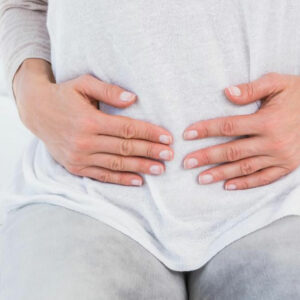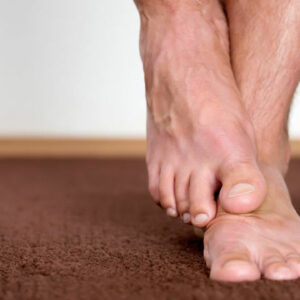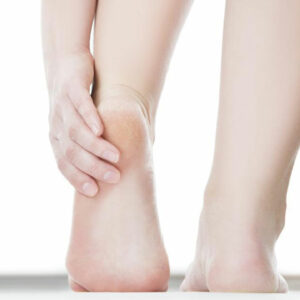
01
Here’s What You Need to Know about Crohn’s Disease
Crohn’s disease, a type of inflammatory bowel disease (IBD), affects the gastrointestinal tract. The inflammation causes abdominal cramps (pain), fever, weight-loss, and diarrhea. In the case of a severe inflammation, the stool is accompanied by blood and the infection spreads deep into the layers of the bowel tissue. Besides the inner infection, other complications such as anemia, skin rashes, lethargy, eye inflammation, and arthritis may occur. The ailment debilitates you and can lead to grave complications if left untreated. The colon, a part of the large intestine and the last part of the small intestine are the areas that are more prone to developing this disease. Crohn’s symptoms and signs Depending on the affected area of the bowel and the severity of the infection, you may develop symptoms that can prolong over weeks and years. In its active state, Crohn’s symptoms and signs include: Diarrhea : Diarrhea is one of the first tell-tale signs. If you have inflammation in the small intestine, you experience a more, watery form of diarrhea. If the infection is rooted in the colon, then diarrhea carries blood with it. When the condition flares up, diarrhea can be severely afflicting. However, when the inflammation goes down, the condition gets better. Rectal bleeding : One of the major symptoms of this IBD is blood that might appear on or in the stool. The blood spots are typically bright red as the bleeding might be from the rectum or the large intestine. Sometimes if the inflammation is too severe you may experience only passing blood. If the bleeding seems to be acute and steady, you need to seek emergency medical attention. Fever/night sweats : People with Crohn’s disease develop a fever as a reactionary step, taken by the body to fight the inflammation flare up. Night sweats develop as the body temperature changes, indicating that the immune system has kicked into action and has actively engaged with the infection in the digestive tract Fatigue :
Read More 










